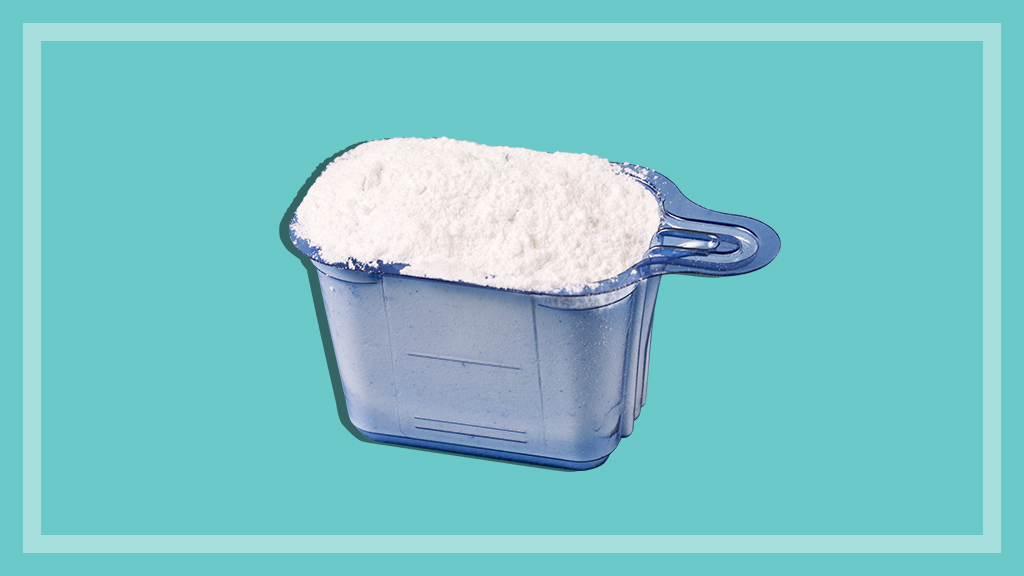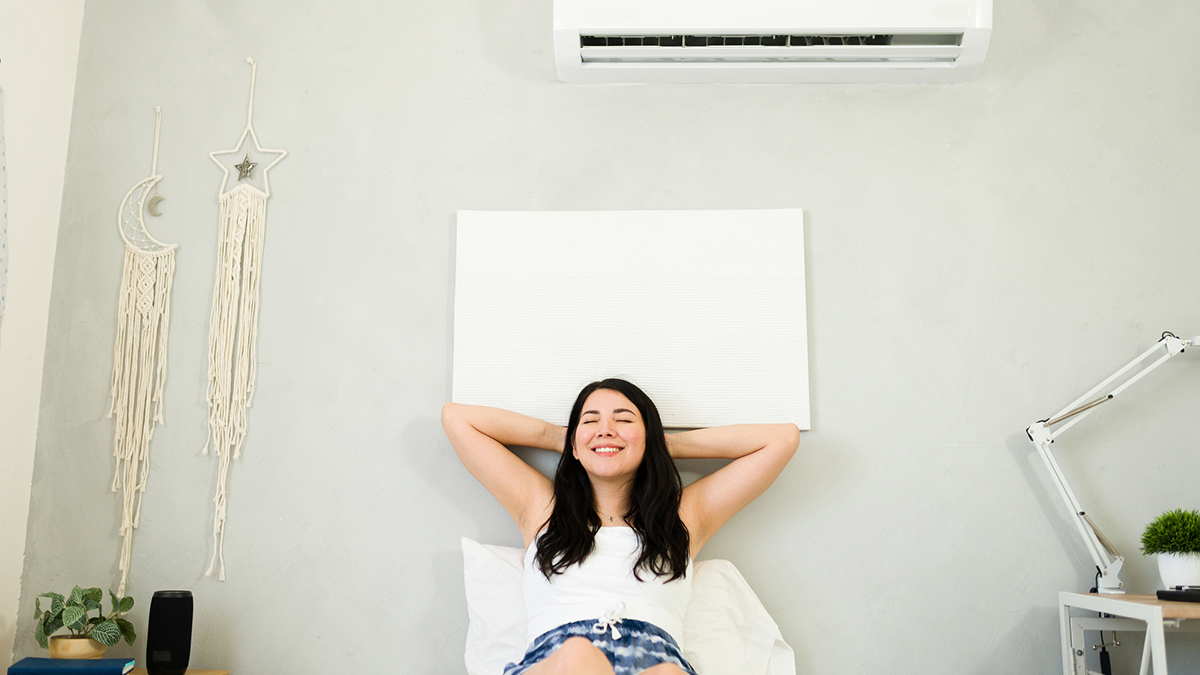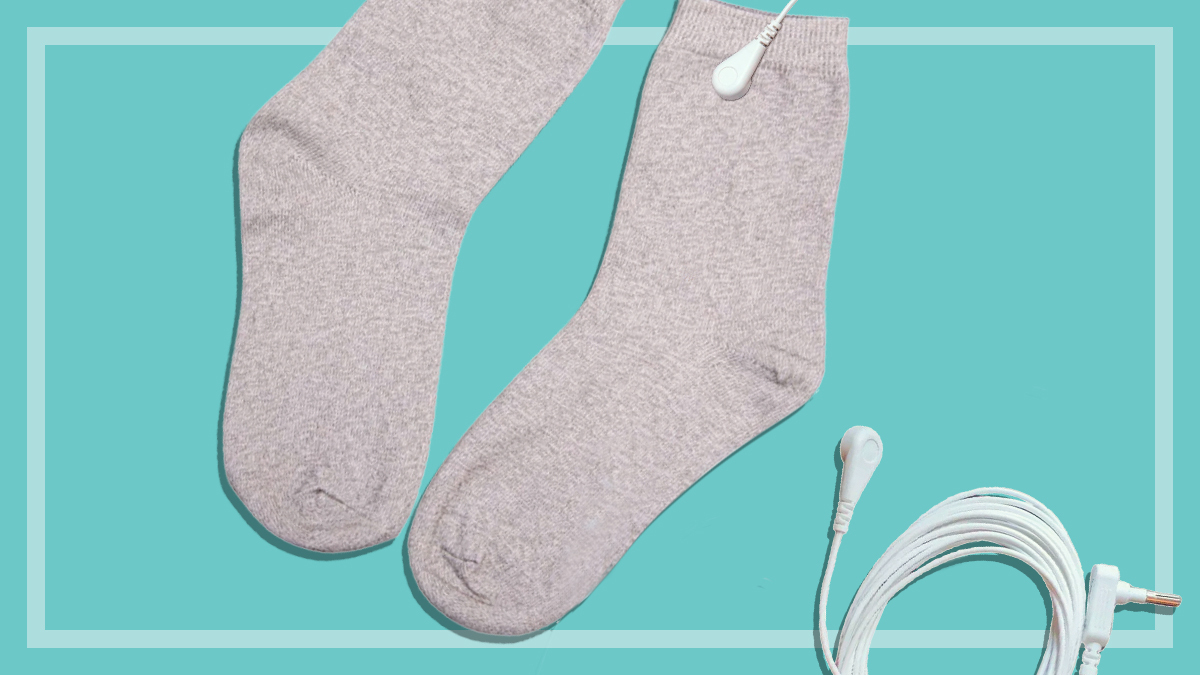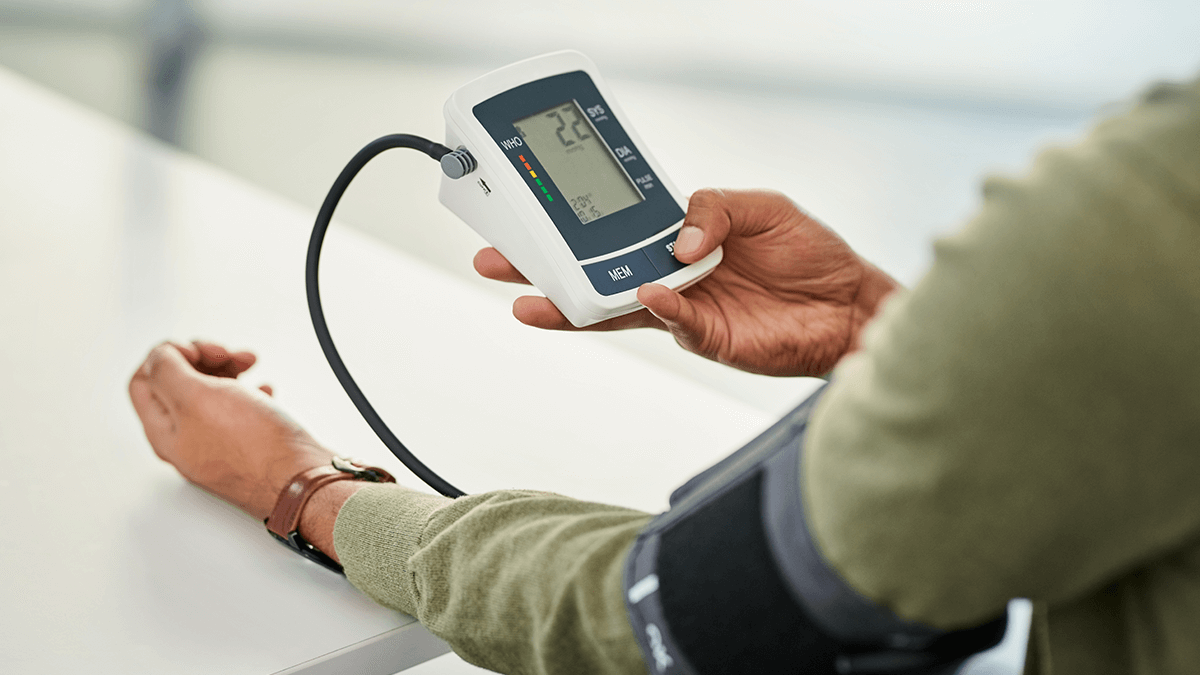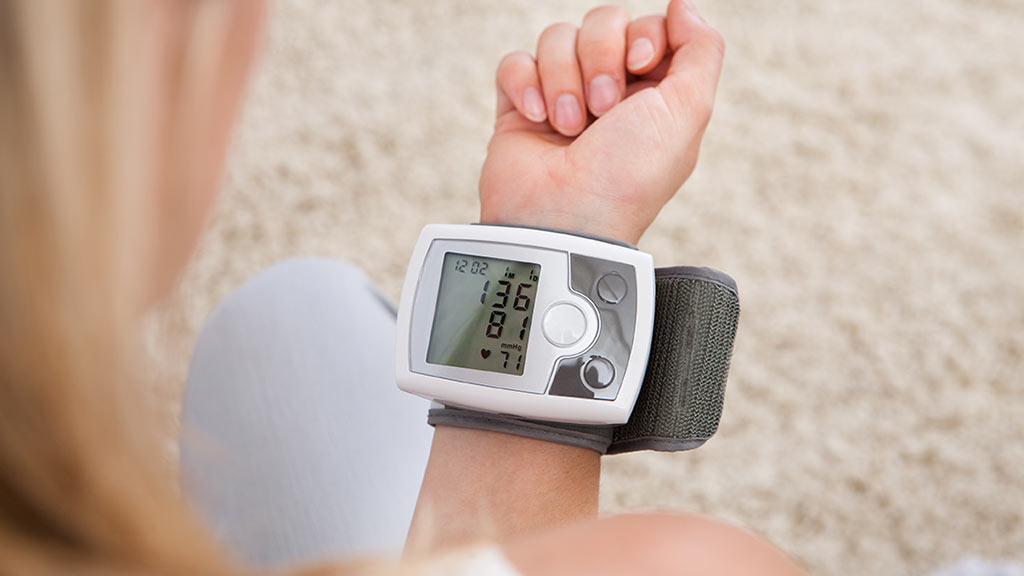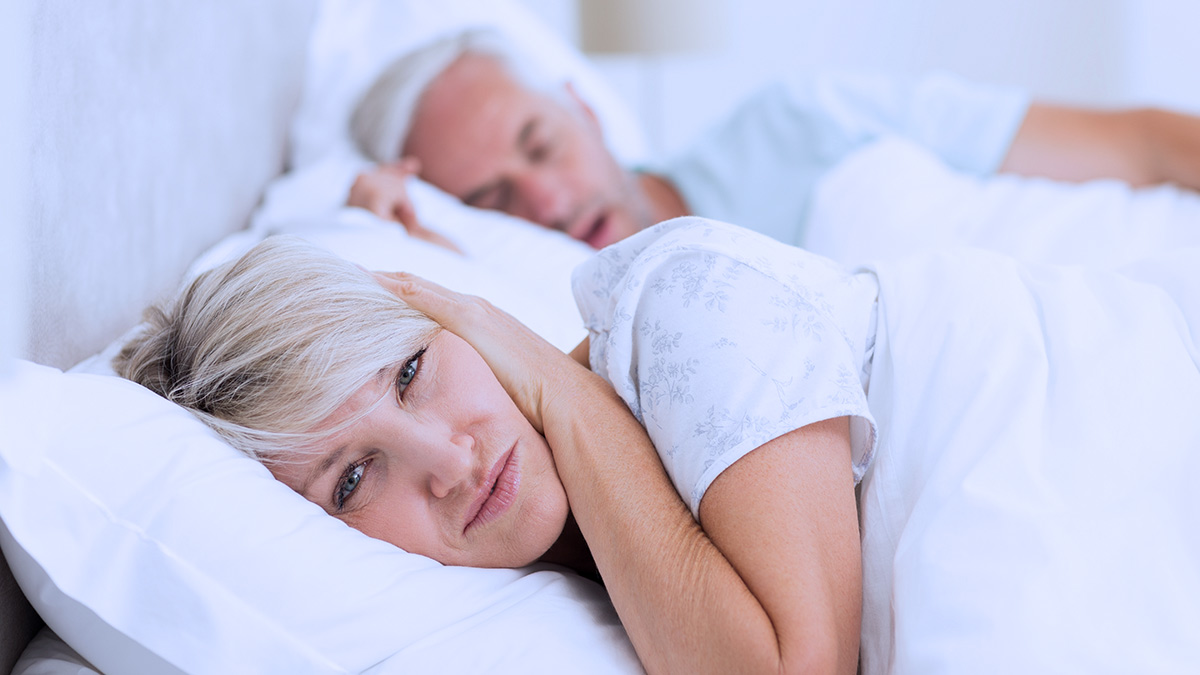Get our independent lab tests, expert reviews and honest advice.
Coronavirus COVID-19: Do face masks really protect us?
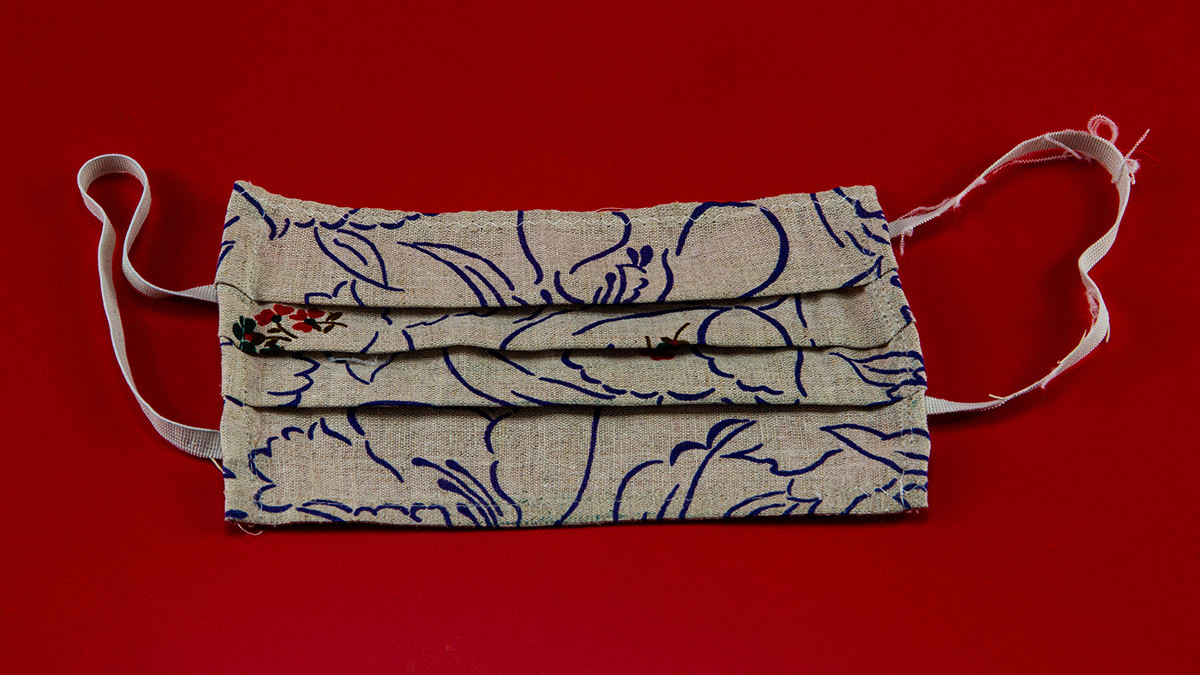
Wearing a face mask can help to reduce community transmission of COVID-19 and health officials often strongly recommend wearing one if it’s hard to maintain social distancing or if you have COVID-19 symptoms.
But what type of face masks should you wear – and are DIY options effective? We take a look at the latest advice.
Who should wear a face mask?
According to the Department of Health, you should wear a face mask if:
- you have or suspect you may have COVID-19
- you’re caring for someone who has or may have COVID-19
- you work in a ‘high-risk’ occupation such as health care.
Children under the age of two should never wear face masks due to choking and strangulation risks.
Follow state and territory guidelines
The Department of Health states that “if you are well, a mask is not required where there is low community transmission of COVID-19. However, if you are in a situation where physical distancing is difficult, such as on public transport, you may choose to wear a mask.”
However, community transmissions of COVID-19 can spike at any time. If this happens where you live, follow your local government’s guidelines to help you stay safe.
These guidelines may suggest wearing face masks when:
- it’s hard to maintain 1.5 metres of physical distance from others
- you’re in areas where there has been community transmission
- you’re in high-risk indoor areas such as public transport, supermarkets, shops, churches and other places of worship
- you’re caring for or serving vulnerable people
- you’re working in a cafe, restaurant, pub, club or other high-risk indoor areas.
Will a face mask stop me from getting COVID-19?
COVID-19 can be spread when an infected person coughs and sneezes, so wearing a face mask provides an additional barrier that can help limit transmission.
However, health officials stress that the use of face masks is just one way to help limit the spread of COVID-19 and that compliance with hand hygiene, physical distancing and other infection prevention and control measures is critical.
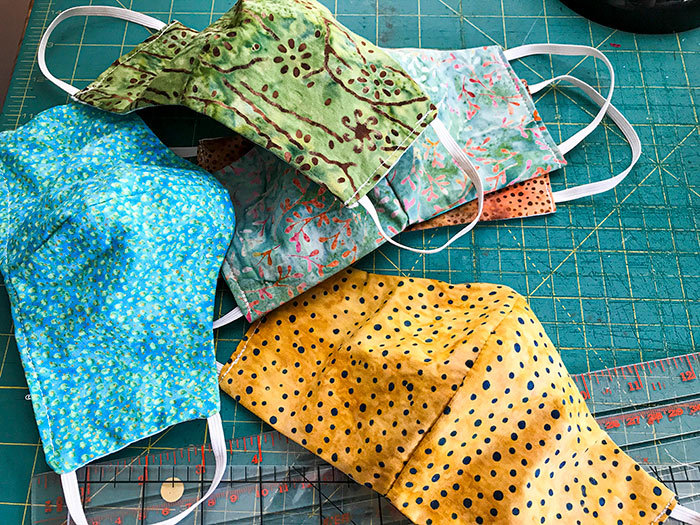
What type of face mask should I wear?
Researchers at Duke University in the US recently tested the efficacy of masks to reduce the transmission of respiratory droplets during regular speech.
They looked at 14 commonly available masks and mask alternatives and found that neck fleeces (sometimes called gaiter masks) are the least effective overall and could actually increase the risk of transmission. Folded bandanas and knitted masks were also found to offer little protection.
The most effective item was a fitted N95 respirator (although it’s not generally recommended outside of healthcare settings), while three-layer surgical masks and cotton masks which are suitable for the general public also performed well.
Face masks can be bought at various retail stores, including chemists, but on the ABC’s Coronacast podcast, physician Dr Norman Swan notes that it can be difficult to find triple-layer masks.
“A lot of people are just selling single-layer cotton masks,” he says. “They are better than nothing, but only just a little bit … You really do want to try and find those triple-layer masks or surgical masks.”
And with reports of massive queues outside chemists in Melbourne following the mandatory mask announcement, you might prefer to skip the crowds and make your own instead.
How to make your own cloth face mask
There’s no shortage of online tutorials for making your own face mask using supplies you might already have around the house – from handkerchiefs and old T-shirts to bras, socks and men’s briefs.
But consider following the advice of Victoria’s Department of Health and Human Services (DHHS), which has released a step-by-step guide to making your own three-layer face mask. The guide also suggests types of material to use, stressing that it shouldn’t be worn too thin or have holes in it.
Once made, you should ensure your mask:
- fits snugly but comfortably against the sides of the face
- is secured with ties or ear loops
- allows for breathing without restriction
- can be laundered and machine-dried without damage or changes to its shape (cloth masks should be routinely washed in a washing machine).
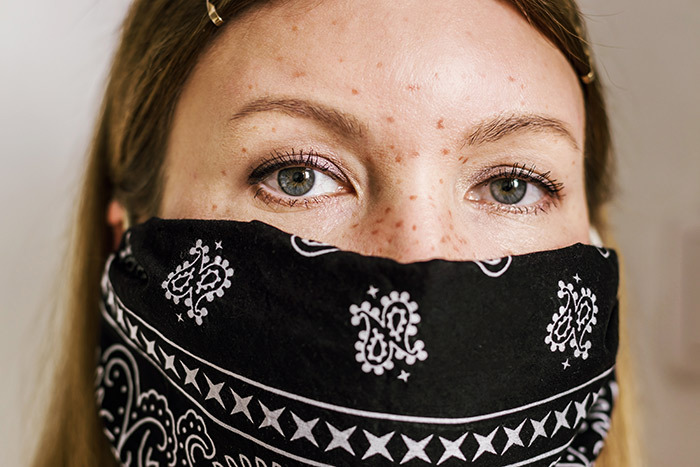
Can I just use a scarf or bandana?
Although the Duke University study found that bandanas offered little protection, if you don’t have a surgical or cloth face mask, bandanas and scarves will be accepted as a face covering in Victoria, with experts saying it’s better than nothing.
“They’re a bit like single-layer cotton masks,” says Swan. “They’re OK, but not brilliant. You really want to try to move towards a proper mask.”
How to wear face masks safely
To put on a face mask:
- Wash your hands with soap and water or use hand sanitiser (to comply with WHO’s formulation, hand sanitiser must contain at least 80% ethanol or 75% isopropyl alcohol.)
- Inspect the mask for any damage.
- After putting it on, adjust the mask to make sure it fits snugly against the sides of the face and that it covers your nose, mouth and chin.
- Do not touch the front of the mask and avoid touching your eyes, nose, or mouth at all times.
- Do not remove the mask to talk to people.
To remove a face mask:
- Wash your hands with soap and water or use hand sanitiser.
- Avoid touching the main part of the mask, and remove it using the ties behind the ear or head.
- Pull the mask away from your face and either discard in a closed bin (if using a single-use mask), place in a clean plastic bag (if reusing a cloth mask that isn’t dirty or wet), or wash with soap and hot water (if cleaning a cloth mask).
- Clean your hands using soap and water or hand sanitiser after removing or discarding the mask.
For a complete list of dos and don’ts, visit WHO’s guide to wearing cloth and surgical masks.
How to make a face mask more comfortable
If a face mask doesn’t fit well, it can quickly become annoying to wear and may discourage people from wearing them.
Luckily, our sister organisation Consumer Reports has some simple fixes to avoid common annoyances such as ‘maskacne’, fogged up glasses and difficulty hearing and communicating.
When and how do I wash a cloth mask?
A cloth mask should be washed at least once a day after use, or as soon as it becomes wet or dirty.
It can be washed by itself or with other washing, using soap or detergent and hot water. Dry your face mask thoroughly before reusing.
And despite some online claims, don’t clean a cloth mask in the microwave.
“There have been stories of masks igniting in the microwave, which is not something you want to do,” says Swan.
“It’s not necessarily guaranteed that the microwave will kill most germs. What will kill most germs, in fact will kill the virus, is to wash your mask with detergent and water and let it dry.”
Can I re-wear a surgical face mask?
Surgical face masks are made with non-woven meltblown polypropylene and are a single-use product – reusing them isn’t recommended.
But if you have no other option, Swan says it’s probably better than nothing.
“The key thing here is to not wear them so long that they’re getting wet or damp because they lose their effect,” he says.
He suggests spraying the mask with disinfectant and letting it dry thoroughly before reusing, but that it’s not recommended and it’s not guaranteed to be as effective as a first-time wear.
“But if you’re stuck … a dry mask that’s been disinfected with spray will do some good for you, but not indefinitely,” he says.
Continue to practise good hygiene
While the wearing of face masks looks set to become more common as the crisis continues, face masks alone aren’t enough to stop the spread of the COVID-19 coronavirus.
To protect both yourself and others, the Australian Department of Health says it’s essential to:
- practise good hygiene such as washing your hands often with soap and water, using alcohol-based hand sanitisers, and avoiding touching your eyes, nose and mouth
- practise social distancing by staying at home. If you have to go out, make sure you you keep at least 2m away from others
- follow the limits for public gatherings
- understand how to self-isolate if you need to.

